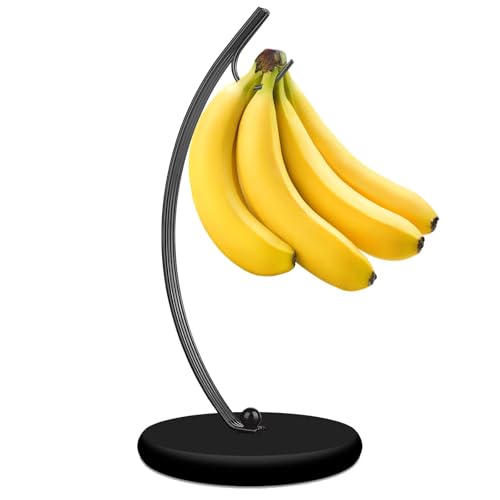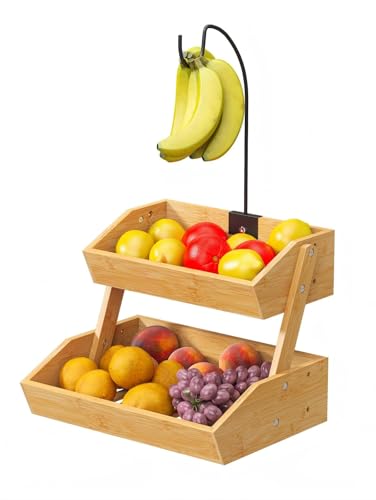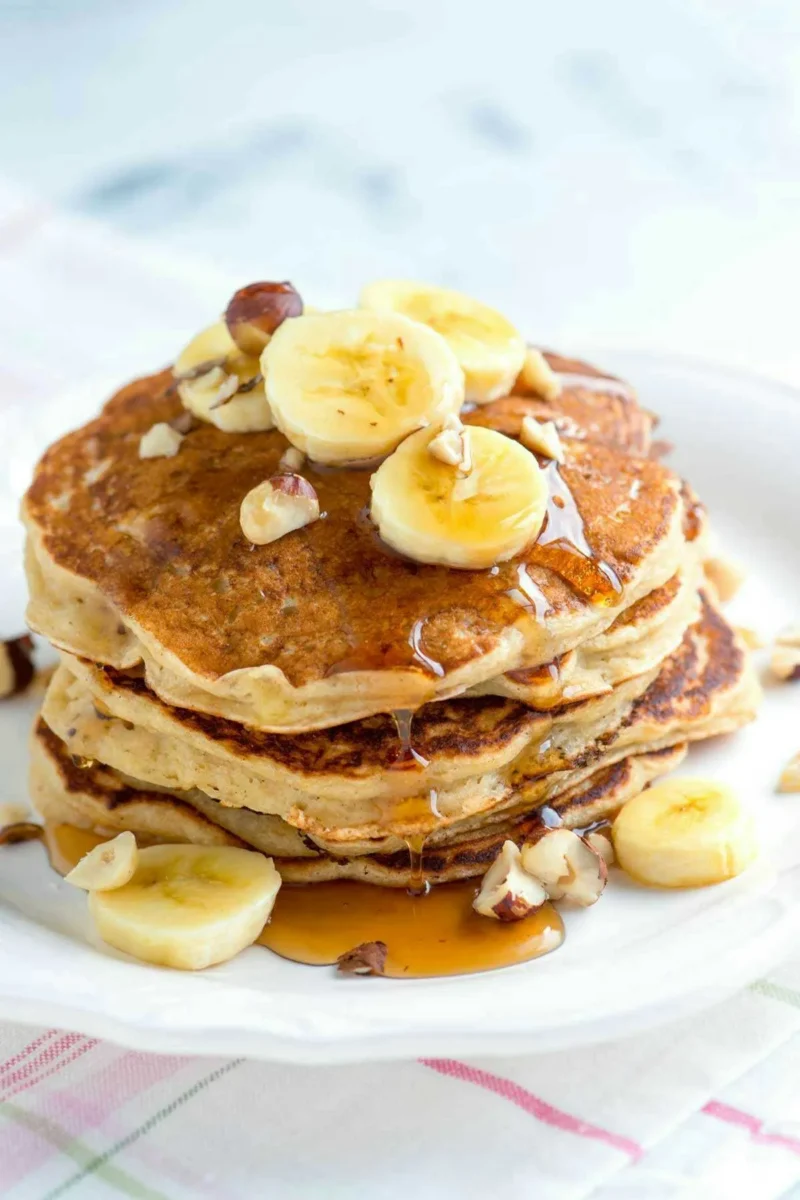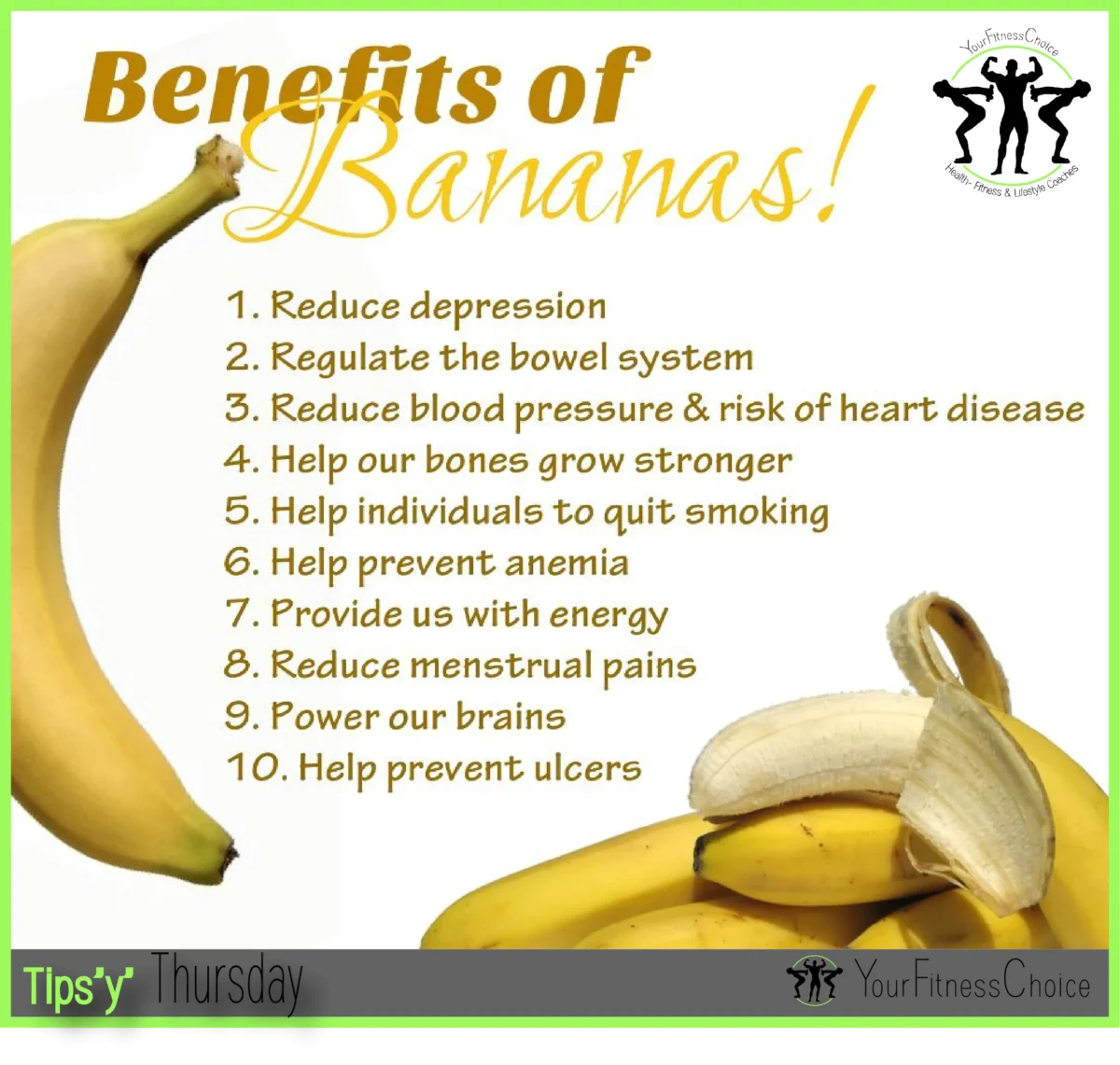Illuminating the Science: Do Bananas Need Light to Ripen?
Have you ever wondered about the ripening process of bananas? Do they need light to ripen? This is a common question that many banana enthusiasts ask. Understanding how bananas ripen is essential, especially for those who want to maximize the lifespan of their fruits.
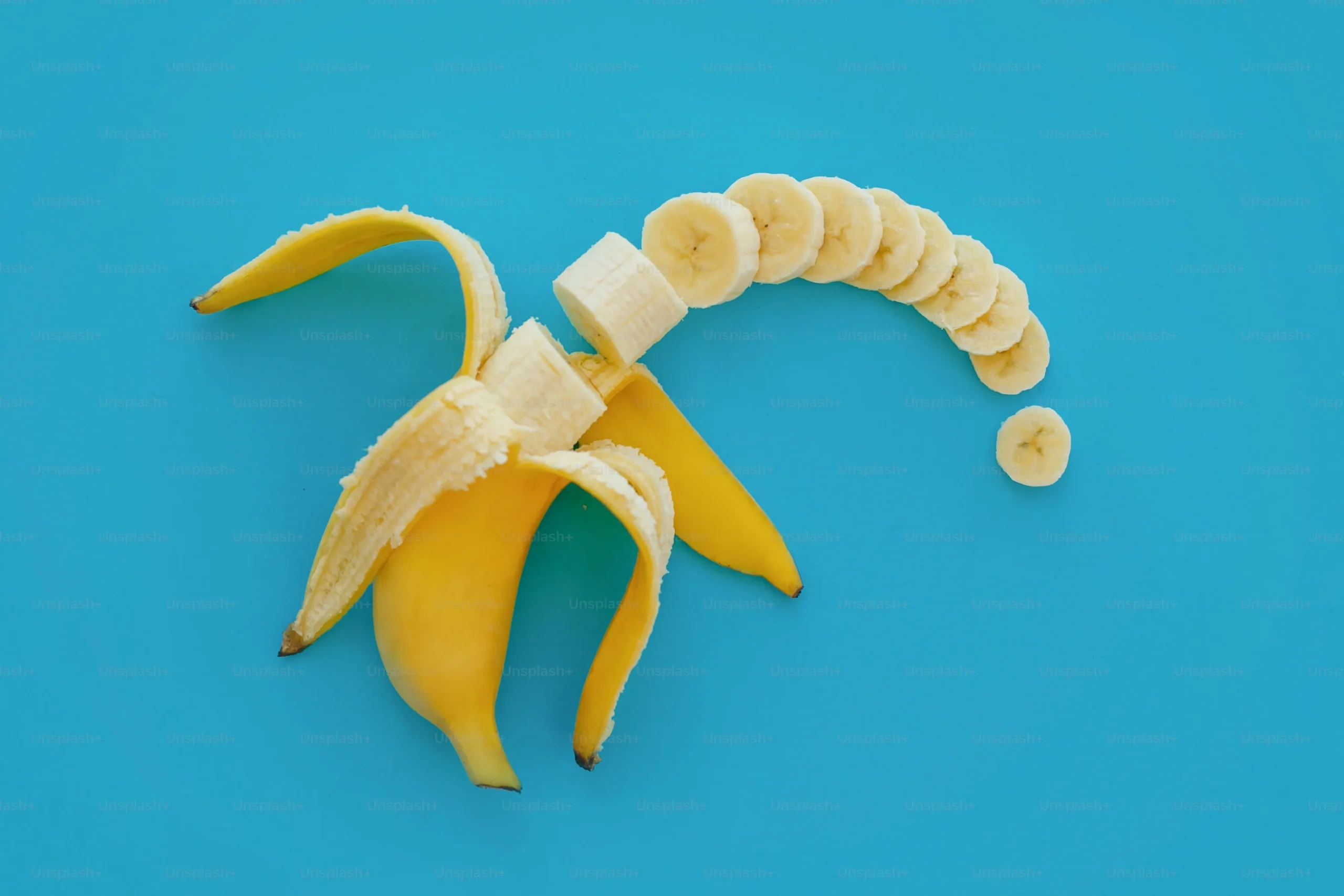
In this article, we’ll explore the science behind banana ripening and delve into the role played by light in this process. We’ll also discuss the various factors that affect banana ripening and share some interesting facts about one of the most beloved fruits in the world. So, if you’re curious about bananas and want to know more, keep reading!
What causes bananas to ripen?
Bananas are a fascinating fruit, beloved by many for their sweet and creamy taste. But have you ever wondered what causes bananas to ripen? The answer lies in a complex series of biochemical reactions that take place within the fruit.

As bananas ripen, they undergo changes in color, texture, and flavor. This process is triggered by the hormone ethylene, which is produced naturally by the fruit. Ethylene acts as a signal to other cells in the banana, telling them to begin breaking down complex molecules into simpler ones.
This breakdown process leads to an increase in sugar content and a decrease in starch content within the banana. As a result, ripe bananas are sweeter and softer than unripe ones.
However, external factors can also play a role in banana ripening. Exposure to heat or cold can speed up or slow down the process respectively. Similarly, damage or bruising can cause ethylene production to increase dramatically, leading to rapid ripening of affected areas.
Understanding what causes bananas to ripen is important for anyone who wants to enjoy this delicious fruit at its peak flavor and texture. By controlling factors like temperature and handling techniques during transport and storage, we can ensure that our bananas reach us at just the right stage of ripeness for optimal enjoyment.
The role of light in the ripening process of bananas?
The role of light in the ripening process of bananas is a fascinating topic that has puzzled scientists and banana enthusiasts alike. It is well-known that bananas undergo a series of physiological changes during the ripening process, but the exact mechanisms behind these changes are still not fully understood.
One factor that has been found to play an important role in banana ripening is light. Specifically, exposure to ethylene gas – which is produced by the banana itself as it ripens – can be enhanced or inhibited by different wavelengths and intensities of light.
Research has shown that green bananas exposed to blue or UV light will produce more ethylene gas and therefore ripen faster than those kept in darkness or exposed to red or far-red light. This means that controlling the lighting conditions around bananas can potentially speed up or slow down their ripening process.
Interestingly, this phenomenon also occurs naturally in nature. Bananas growing under tree canopies receive less direct sunlight than those growing in open fields, which results in slower ripening times for shaded fruit.
Understanding how light affects banana ripening could have important implications for both growers and consumers. For example, farmers may be able to use targeted lighting systems to control the rate of fruit maturation, while consumers could benefit from longer shelf lives for their favorite yellow snacks.
In conclusion, while there is still much we do not know about how exactly bananas ripe, it appears clear that understanding their relationship with light can play an important role in unlocking some of these mysteries.
Factors that affect the ripening process of bananas.

Bananas are a popular and delicious fruit that are enjoyed by people all over the world. However, many people may not be aware of the factors that affect the ripening process of bananas.
One of the most important factors is temperature. Bananas ripen best at room temperature, which is typically around 68-72 degrees Fahrenheit. If they are exposed to temperatures that are too high or too low, they may ripen too quickly or not at all.
Another factor is moisture. Bananas release a gas called ethylene as they ripen, which can cause other fruits and vegetables nearby to also ripen faster. This means that storing bananas in an enclosed space with other produce can speed up their ripening process.
The type of banana also plays a role in how quickly it will ripen. For example, plantains tend to take longer to ripen than regular bananas due to their thicker skin and higher starch content.
Finally, handling and storage practices can also impact the rate of banana ripening. Rough handling or bruising can cause bananas to spoil more quickly, while proper storage in a cool and dry place can help them last longer.
Understanding these factors can help people better manage their banana supply and ensure that they enjoy perfectly ripe fruit every time.

Other interesting facts about banana ripening are…
Bananas, one of the most popular and widely consumed fruits in the world, are known for their sweet taste and versatility. However, there is more to these yellow wonders than meets the eye. One fascinating aspect of bananas is their unique ripening process.
Did you know that bananas are picked while they are still green and then transported to different parts of the world? This allows them to ripen naturally during transit, which helps preserve their shelf life. Bananas can also be artificially ripened using ethylene gas or calcium carbide, but this method is not recommended as it can be harmful to humans.
Another interesting fact about banana ripening is that it is influenced by temperature and humidity. When exposed to warmer temperatures, bananas will ripen faster, whereas cooler temperatures slow down the process. Similarly, higher humidity levels can cause bananas to become mushy or even develop mold.
The color of a banana’s skin also changes as it ripens. Green bananas have high starch content and low sugar levels, whereas yellow ones have converted most of their starch into sugar. As a result, ripe bananas taste sweeter than unripe ones.
In addition to being a tasty snack on their own or used in various recipes from smoothies to breads and cakes banans are packed with nutrients like potassium which helps regulate blood pressure .The next time you enjoy a ripe banana think about all these interesting facts surrounding its journey from farm-to-table!
Check out our other articles to find out even more about banana.
Bananas are a delicious and nutritious snack, but it’s important to understand the ripening process in order to get the most out of them. Light plays an important role in this process, but there are many other factors that contribute as well. Whether you’re looking for more information on what causes bananas to ripen or simply curious about other interesting facts related to banana ripening, be sure to check out our other articles!



